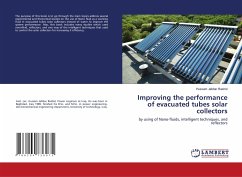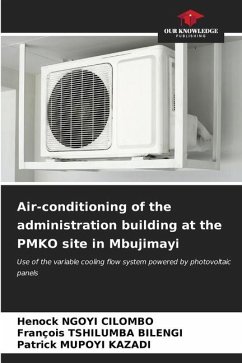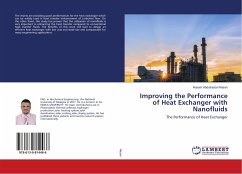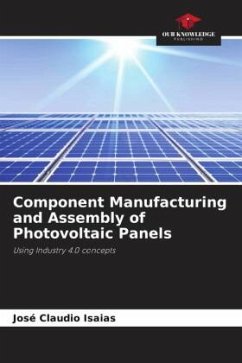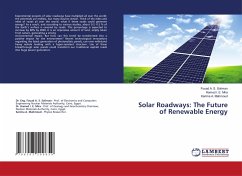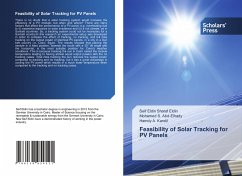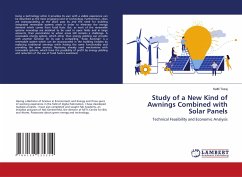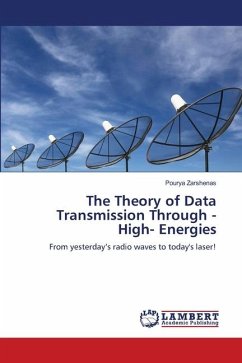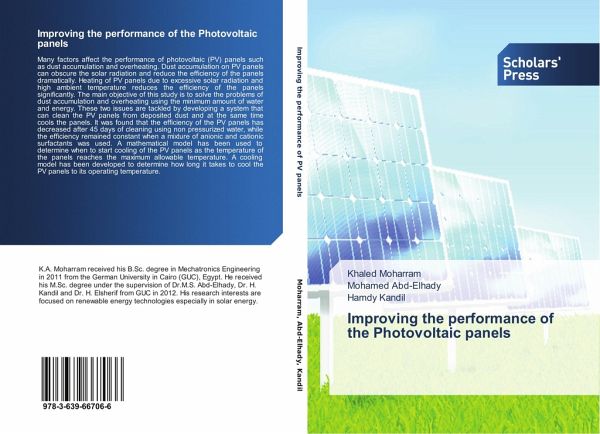
Improving the performance of the Photovoltaic panels
Versandkostenfrei!
Versandfertig in 6-10 Tagen
36,99 €
inkl. MwSt.

PAYBACK Punkte
18 °P sammeln!
Many factors affect the performance of photovoltaic (PV) panels such as dust accumulation and overheating. Dust accumulation on PV panels can obscure the solar radiation and reduce the efficiency of the panels dramatically. Heating of PV panels due to excessive solar radiation and high ambient temperature reduces the efficiency of the panels significantly. The main objective of this study is to solve the problems of dust accumulation and overheating using the minimum amount of water and energy. These two issues are tackled by developing a system that can clean the PV panels from deposited dust...
Many factors affect the performance of photovoltaic (PV) panels such as dust accumulation and overheating. Dust accumulation on PV panels can obscure the solar radiation and reduce the efficiency of the panels dramatically. Heating of PV panels due to excessive solar radiation and high ambient temperature reduces the efficiency of the panels significantly. The main objective of this study is to solve the problems of dust accumulation and overheating using the minimum amount of water and energy. These two issues are tackled by developing a system that can clean the PV panels from deposited dust and at the same time cools the panels. It was found that the efficiency of the PV panels has decreased after 45 days of cleaning using non pressurized water, while the efficiency remained constant when a mixture of anionic and cationic surfactants was used. A mathematical model has been used to determine when to start cooling of the PV panels as the temperature of the panels reaches the maximum allowable temperature. A cooling model has been developed to determine how long it takes to cool the PV panels to its operating temperature.



